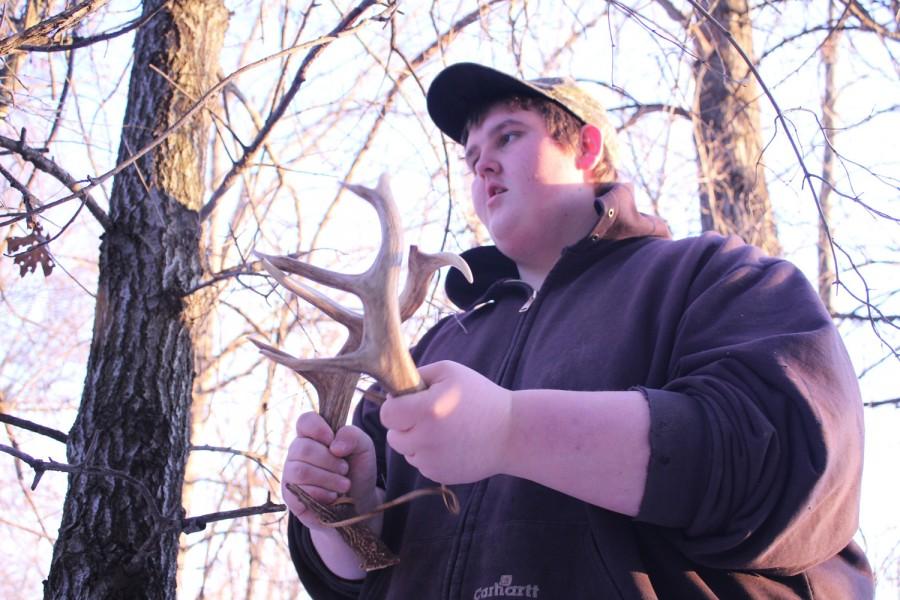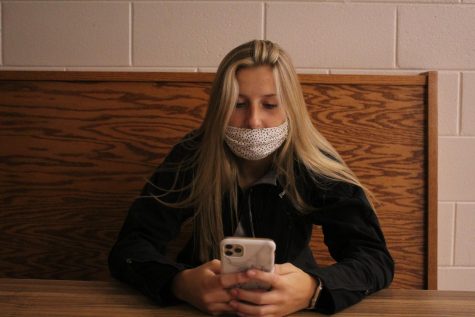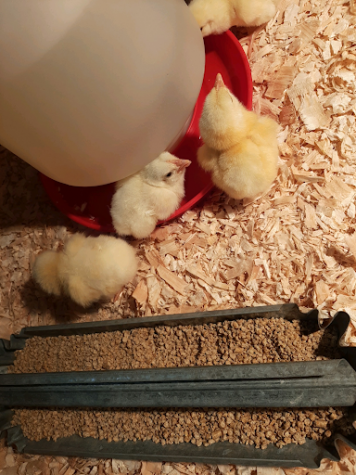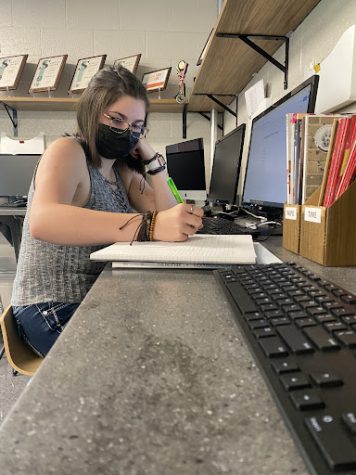The best way to start this year’s shed hunting season
Whitetail bucks start to shed their antlers in the beginning of January and continue their shed until late April. Bucks shed their antlers every year to grow a new, bigger pair. The antlers get bigger due to maturing, and are also grown to help them fight during the rut.
Bucks tend to start staying hidden within the woods around the beginning of October, and don’t start to come out until around February. Deer hunting season causes this behavior.
It’s said by many old hunters, that the older, more experienced bucks know when to stay in the woods to avoid being shot. This is why bucks are more frequently seen moving at night.
During hunting season, bucks are usually seen early in the mornings or in the late evenings. They are seen either feeding, chasing does or moving to a new spot. When they are not seen, they are usually in bedding areas, thickets or deep in the woods. This is why it’s hard to find dropped antlers, also known as sheds.
Shed season starts in the early spring, or when the snow melts, but if out in the woods after January keep an eye out for antlers. It’s best to start looking right away, when the snow melts, because shed hunters are not the only ones looking for antlers. There is the competition of squirrels, porcupines, rabbits, coyotes and foxes waiting to get hold of the mineral rich antlers for antler chews.
Some shed hunters use the help of trained shed dogs. These dogs are used to sniff out sheds. Other shed hunters wander the woods and fields only with the help of their eyes and buck knowledge.
When shed hunting, it’s best to go where there is a lot of deer activity. This will help increase the chances of finding some sheds.
A good place to start looking for antlers would be by a creek or water source, because during the cold months the waters are frozen and animals come to the creeks and ponds to break the ice open. The jerking and stomping from the buck’s breaking the ice causes the antlers to fall off. It doesn’t take much for antlers to fall off; a simple shake of the head can send the antlers flying.
Other good spots to look would be in feeding areas, on deer runs, cut fields or along wood lines. Look around big objects that would require a deer to jump over such as logs, fences and creeks. When looking on deer runs, look in tight places that might have overhanging branches or logs.
Always double check the spots that have been searched. Antlers blend in very well with their surroundings. They are often mistaken for broken branches/sticks on the ground.
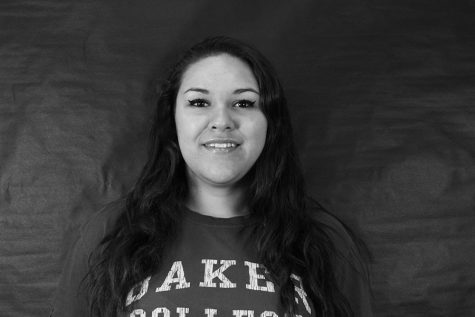
I was recommended to Uncaged by my freshman English teacher but had to wait until my sophomore year to join, so I had time to think about it. When scheduling...



